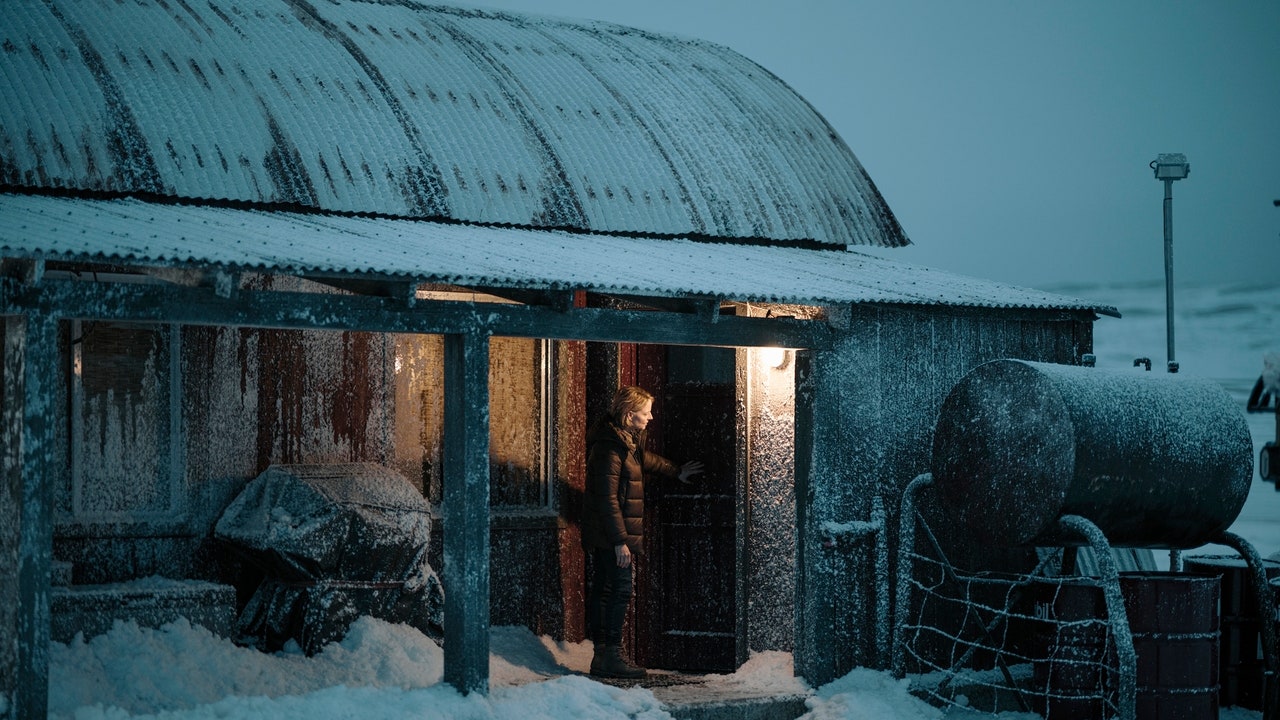[ad_1]
This article contains spoilers for True Detective: Night Country, including tonight’s season finale.
The backlash around True Detective: Night Country was predictable. Crime bros of all types cling to Season 1 of True Detective the way Swifties do to Speak Now: it was purer, more fun, sui generis. They aren’t fully wrong either. Season 1 had a spooky cult and a big, disfigured, incestuous serial killer. The last 20 minutes of the season finale were the last 20 minutes of Silence of the Lambs for young men of the DraftKings, craft bourbon and War on Drugs set. I’m not immune to those charms.
And sure: Night Country‘s ‘corpsicle’ was a not particularly creative riff on Carpenter’s The Thing. The dialogue could feel stilted. Not incorrect. But there were no hackles raised over the first season’s Schopenhauer-meets-Sour-Diesel monologues about time’s geometry, which have aged like milk (Woody Harrelson’s bayou working-man bullshit remains superior). The same fans who heard profundity there were also likely the people that wanted to take Season 2 seriously and blanched at Season 3’s unsentimental takes on aging and error. It’s little surprise that a True Detective season about how the sacred feminine and supernatural blur and that takes place in a deeply unsexy small town filled with indigenous arctic culture and people in puff jackets might frustrate them.
I found a contemporary urgency and echo in Night Country, though. A month ago, just as the season premiere rolled out, another arctic vortex rushed down the middle of the country, a product of an increasingly unstable polar cap. In the south, aluminum glamour trucks and their drivers skittered across a fungus of highway ice. In Kansas City, Taylor Swift swag-surfed in a toasty suite as the beer cans of the freezing proletariat around her exploded. In the Dakotas? The wind chill numbers sounded fictional.
In that sense, Night Country’s arrival could not have been timed better. Filmed in Iceland, and set in a fictional Alaskan town, Night Country embraced the arctic cold as a kind of spiritual zone, wrapping its very well insulated arms around everything that the setting had to offer. People could see the dead, the night never ended, and the indigenous Iñupiaq culture grappled with the local mine as a toxic, economically potent reality, and a research station’s core samples of ice became religious relics for the climate-change era.
In previous iterations of True Detective, the world around each pair of boozy, haunted cops pulsed with heat: the sweltering caul of Louisiana in the first season and the scratchier heat of the Ozarks’s cottonwood, pine, and pollen in the third. I admire how Night Country maximized all features of the cold weather crime canon. In many stories, the cold becomes a metaphor for something else entirely: middle-aged guilt in Insomnia (2002); the naiveté of Americans overseas in TransSiberian (2008); the facades we drape over barbarism in A Simple Plan (1998); the bloody entropy of the Vietnam War coming home in Season 2 of Fargo (2015). These stories range from interesting to excellent, but ultimately portray the cold as more of a motif.
[ad_2]
Source link https://www.gq.com/story/what-was-true-detective-night-country-really-about

Leave a Reply
You must be logged in to post a comment.